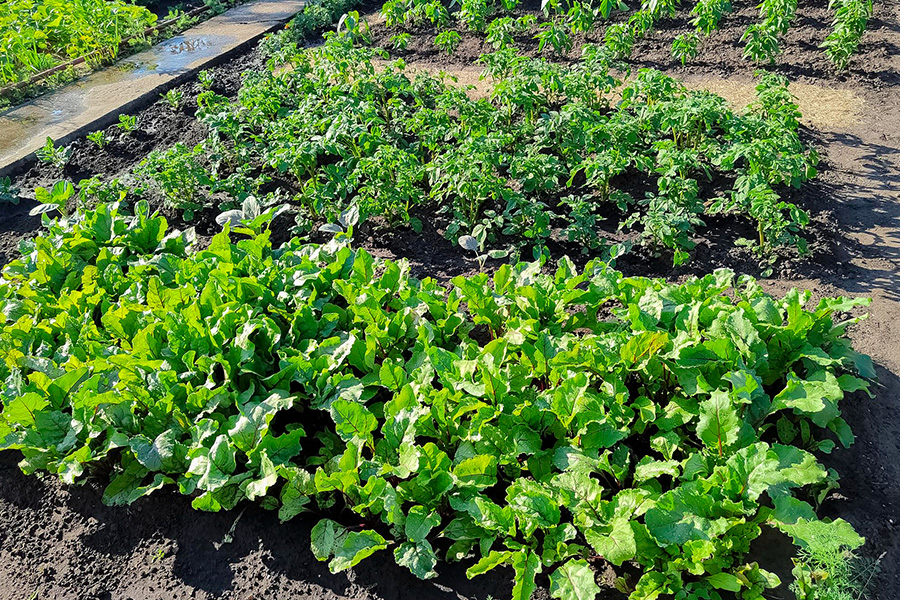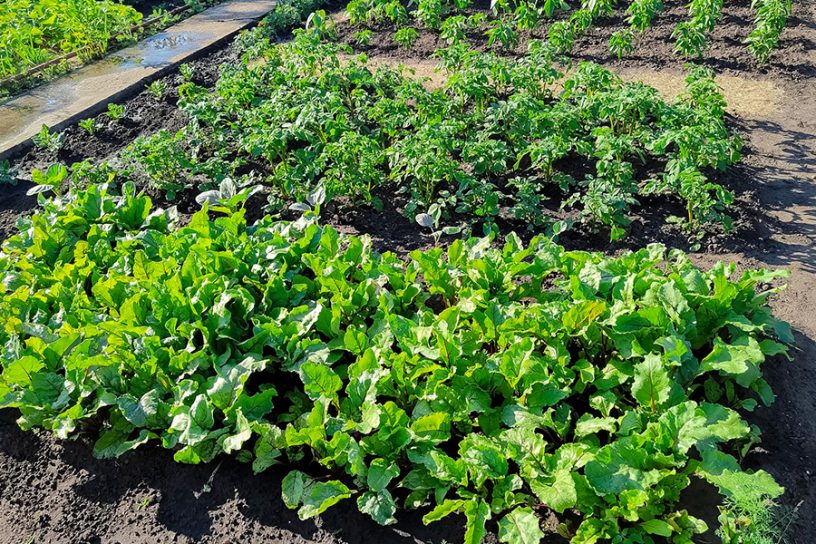
This study focused on the concentration and speciation of Zn in different edible plants grown in soils contaminated with smelter wastes containing high levels of the metals Zn, Cu, Pb, Cd.
Authors
Mimi Roy, Professor, Jindal School of Liberal Arts and Humanities, O.P. Jindal Global University, Sonipat, Haryana, India.
Bhoopesh Mishra, School of Chemical and Process Engineering, University of Leeds, Leeds, England, United Kingdom, Department of Physics, Illinois Institute of Technology, Chicago, Illinois, United States of America.
Louis M. McDonald, Division of Plant and Soil Sciences, West Virginia University, Morgantown, West Virginia, United States of America.
Antonio Lanzirotti, GeoSoil CARS, University of Chicago, Chicago, Illinois, United States of America.
Satish C. B. Myneni, Department of Geosciences, Princeton University, Princeton, New Jersey, United States of America.
Summary
Heavy metal accumulation in edible plants grown in contaminated soils poses a major environmental risk to humans and grazing animals. This study focused on the concentration and speciation of Zn in different edible plants grown in soils contaminated with smelter wastes (Spelter, WV, USA) containing high levels of the metals Zn, Cu, Pb, Cd.
Their accumulation was examined in different parts (roots, stem, and leaves) of plants and as a function of growth stage (dry seed, sprouting seed, cotyledon, and leaves) in the root vegetables radish, the leafy vegetable spinach and the legume clover. Although the accumulation of metals varied significantly with plant species, the average metal concentrations were [Zn] > [Pb] > [Cu] > [Cd].
Metal uptake studies were complemented with bulk and micro X-ray absorption spectroscopy (XAS) at Zn K-edge and micro X-ray fluorescence (μXRF) measurements to evaluate the speciation and distribution of Zn in these plant species. Dynamic interplay between the histidine and malate complexation of Zn was observed in all plant species. XRF mapping of spinach leaves at micron spatial resolution demonstrated the accumulation of Zn in vacuoles and leaf tips.
Radish root showed accumulation of Zn in root hairs, likely as ZnS nanoparticles. At locations of high Zn concentration in spinach leaves, μXANES suggests Zn complexation with histidine, as opposed to malate in the bulk leaf. These findings shed new light on the dynamic nature of Zn speciation in plants.
Published in: PLoS ONE
To read the full article, please click here.


